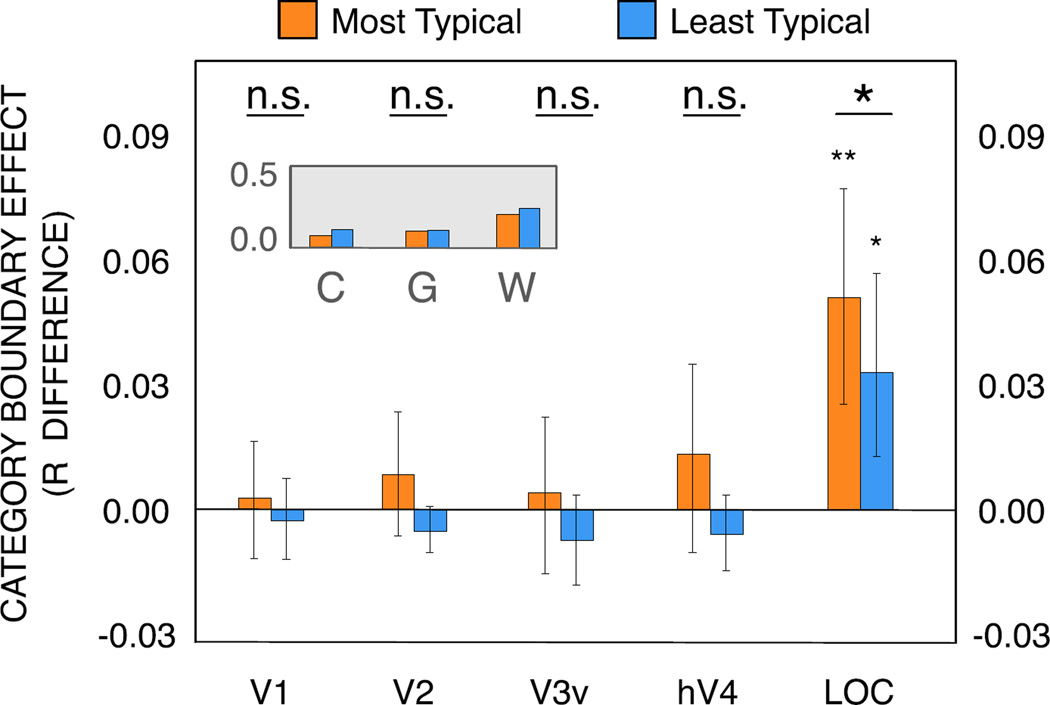Fig. 3. Category boundaries are stronger for highly typical exemplars in object-selective cortex.
Category boundary effect for the two halves of our dataset comprising the most typical 4 exemplars from each category (orange) and the least typical 4 exemplars from each category (blue). In object-selective cortex (LOC), typical exemplars from one category are more distinguishable from exemplars of other categories, an effect not reflected in early visual areas’ patterns of activation. (Inset) We performed a similar analysis using the image-level features from our stimulus set: LAB color histograms (C), GIST features (G), and multi-scale Gabor wavelet features (W). All of the feature representations show an opposite trend to that observed in LOC (stronger category boundaries for less typical items) and therefore cannot fully explain our results in object-selective cortex. ** P<0.01, * P<0.05, n.s. – not significant. Error bars: 95% confidence interval.

